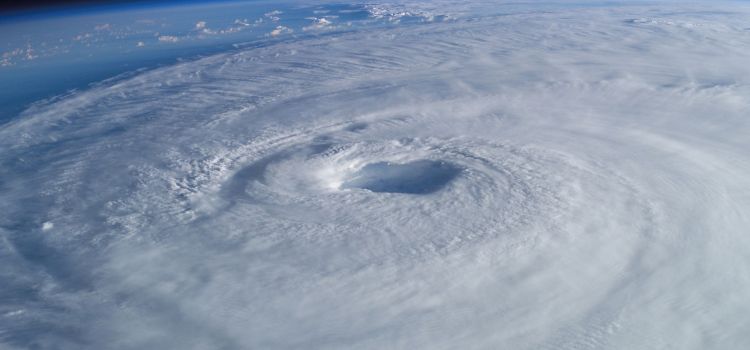The UK is too far north to experience hurricanes. But the island of Labrador, which is close to the North Atlantic, doesn’t. Hurricanes originate in the warm tropical oceans and track northwards, intensifying to hurricane force.
Contents
They eventually make landfall as tropical storms and hurricanes in the Caribbean and continental America. Once they have burned up, they circulate in the North Atlantic, and Britain is spared the effects of a full-blown hurricane.
Has the UK ever had a hurricane?
Hurricanes form over warm tropical oceans, but Britain is not near those waters. Instead, they form when low-pressure air rises to create thunderstorms. Eventually, these storms reach hurricane strength and cause damage to coastal areas.
Hurricanes can also come from the Caribbean, where remnants of Hurricane Gonzalo damaged Bermuda in September 1997. Hurricanes can also form over land, but building them is much more challenging than hurricanes.
A hurricane-like storm hit southern Britain in 1987. Although it was not an actual hurricane, the storm caused massive damage. Hundreds of homes lost power, and a Channel ferry was blown ashore near Folkestone. Michael Fish, a weather forecaster, famously called the storm a ‘great storm’ before it struck the UK.
However, his forecasts were wrong. The storm killed eighteen people and damaged more than PS1 billion of property.
The most recent hurricane hit the UK last year, named Eunice. This storm caused roofs (flat roofs are good for hurricanes) to collapse in London, crushed cars, and sent planes crashing onto runways. Ten people were killed in the UK, and the storm reached 122mph.
Winds this high are hazardous, and the UK Met Office issued a ‘danger to life weather warning. The storm has caused massive damage to the UK, and many areas of England are still reeling from the aftermath.
There have been many other hurricanes in the past. In October 2017, Hurricane Ophelia hit the UK and Ireland. Upon landfall, it had the strength of a hurricane. The storm caused power outages and killed at least three people.
The storm also cut off the internet for some households in the UK. The UK’s coastline is particularly vulnerable to hurricanes. But the threat is far more significant than it appears.
Why don’t they get hurricanes?
The United States and the UK both suffer from the destructive effects of hurricanes, with hundreds of thousands of people killed by storms. Hurricanes form over warm ocean waters, with their wind speeds at least 74mph.
In these areas, however, hurricanes do not frequently form, though the remnants of these storms may be close to land. In other regions, similar weather is classified as typhoons or cyclones.
It is difficult to predict when a hurricane will strike the UK. Hurricanes must have low pressure over tropical waters and winds of at least 74mph to cause damage. Because the UK is so far away from the tropical waters, the likelihood of a hurricane striking the country is extremely low.
However, remnants of a hurricane may strike the UK at some point during the year. Despite its low hurricane frequency, the UK does experience occasional storms that are considered “hybrid” and bring high winds and heavy rain.
A hurricane’s remnants can sometimes combine with nearby weather fronts to cause even more damage. When this happens, remnants of a hurricane may impact areas as far as Northern Russia and Greece.
Typical damages from a hurricane remnant include power outages, flooding, and casualties. In the case of Hurricane Ophelia, the storm wreaked havoc across Ireland, killing three people. It was the worst storm to hit Ireland in 50 years.
There are three types of tropical storms: typhoons, hurricanes, and cyclones. These different names have the same meaning. Those with the highest winds are hurricanes, forming off the coasts of West Africa and the Caribbean.
They move westward, generally towards the west coast of the US and the eastern part of Central America. And in the UK, very few hurricanes reach the west coast.
Does the UK get topical storms instead?
Traditionally, the names of storms are assigned by the government. However, a recent initiative has changed this – three meteorological agencies have asked for suggestions for storm names. Now, you can see which storms have been named in alphabetical order, with the most recent one, Storm Katie being called on Easter Monday, 2016.
The official name for the storms that hit the UK is “post-tropical cyclones.” In 1987, a tropical depression known as Ophelia developed in the Bay of Biscay and brought wind speeds of over 100mph. This storm struck southern Britain, where people weren’t prepared for it. Luckily, the UK’s meteorological system was ready for the storm, but many were unprepared.

